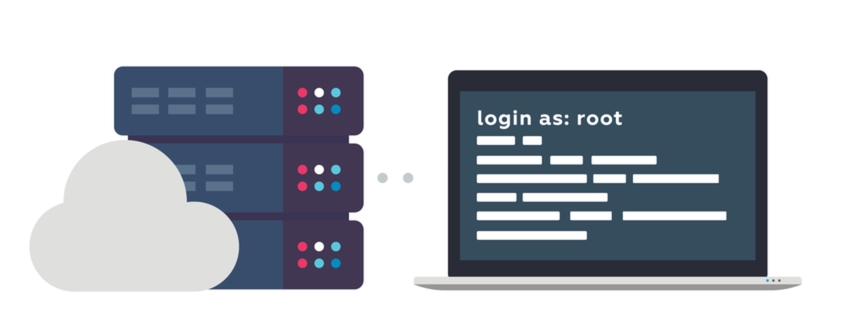
What Is a Terminal Server? Parallels Has the Answer
Microsoft Windows Terminal Server is a core component of Windows Desktop products and Microsoft Windows Server that allows remote computers to connect to a Windows operating system computer using a remote terminal session. With the remote terminal session, remote computers can run applications on the remote machine and run multiple remote connections independently of each other.
Microsoft introduced this concept by releasing Terminal Services as a part of the Windows Server operating system. Terminal Services was an integral part of Windows Server OS editions beginning with Windows NT 4.0. With the release of Windows Server 2008 R2, Terminal Services was renamed Remote Desktop Services (RDS). Before implementing this technology, it is essential to know what a Terminal Server is, how it works and why you should use one.
Why Use Terminal Server?
Terminal Server (now known as Remote Desktop Session Host) is popular it enables businesses to centrally host applications and resources and publish them to remote client devices, regardless of the location and platform of the end-user device. A Terminal Server provides multiple benefits.
- Provide end-users with access to company resources from anywhere and from any device.
- Facilitate a single point of maintenance and allow you to monitor the infrastructure from a central dashboard.
- Applications are installed once and regularly updated on the server, so there is no need to install or update a program on each machine in the network.
- With concurrent licenses instead of per-device ones, businesses can reduce licensing costs, and thin clients allow businesses to optimize costs and power savings for a better ROI.
- The lifespan of desktop hardware extends is extended, and network security is significantly improved.
What is Terminal Server Architecture?
It is also important to understand the Terminal Server architecture which consists of three crucial components:
- A multi-core server where resources are centrally hosted.
- A remote desktop protocol that enables data transmission between the server and the client.
- Client software on each remote client device. This client program allows the device to connect to the server via Remote Desktop Protocol (RDP).
In addition, there is the Terminal Services Licensing Service, which provides the server with the TS CAL licenses for devices to connect to it. The sessions list is saved in the Sessions Directory Service. This list is indexed by username, allowing the user to reconnect to the same server.
What is Terminal Server Licensing?

Each user/device connecting to the TS server should have an RDS CAL. The terminal server licensing role is installed on an RDS license server. The role of this TS licensing server is to store and track all RDS CALs installed for a group of servers. A single licensing server can serve multiple TS servers. The license server should be activated to provide permanent RDS CALs; otherwise, it issues temporary RDS CALs. It is important to know what terminal server licensing is to estimate costs.
To deliver virtual desktops and applications to remote users, terminal services use the RDP protocol. It works on TCP/IP and listens on port 3389. The RDP protocol was improved to provide a rich graphical experience to end-users. The new version, RemoteFX, was introduced in Windows Server 2008 R2 SP1. Using RemoteFX technology, businesses can seamlessly deliver graphic-intensive applications such as AutoCAD and the Adobe Suite to remote client devices.
Terminal Services Use Cases
Let’s say, for instance, that a company has a geographically dispersed network of 1,000 users connected over WAN. The company develops a new application which is to be used by all employees. The application is not web-based, and employees work from different locations. The company has to provide access to that application for every user/device. Terminal services are an excellent solution to this issue. With one server, a TS server OS license, TS licensing server, and RDS CALs for each user/device, you can set up a Terminal Services environment to centrally host applications and deliver them to remote client devices with ease.
Parallels RAS Enhances Terminal Server
Many businesses still use a Windows OS, but there are several challenges associated with the terminal server setup. While the complexity of installing and configuring multiple components is the primary challenge, the cost of RDS CALs is another burden. Secondly, a Terminal Services environment only supports Windows and Mac environments. Parallel®s Remote Application Server (RAS) allows you to use the Terminal Services or RDSH environment while eliminating its limitations. Parallels RAS is easy to install and manage. By using a simple wizard, you can set up the tool in five minutes. Secondly, all the virtualization components come auto-configured out of the box. Another important advantage of Parallels RAS is the support of a range of client devices, including iOS, Android and Chromebooks. Most importantly, Parallels RAS is cost-effective and reduces the total cost of ownership (TCO).
Download your 30-day trial of Parallels RAS and enhance your RDS infrastructure today!

